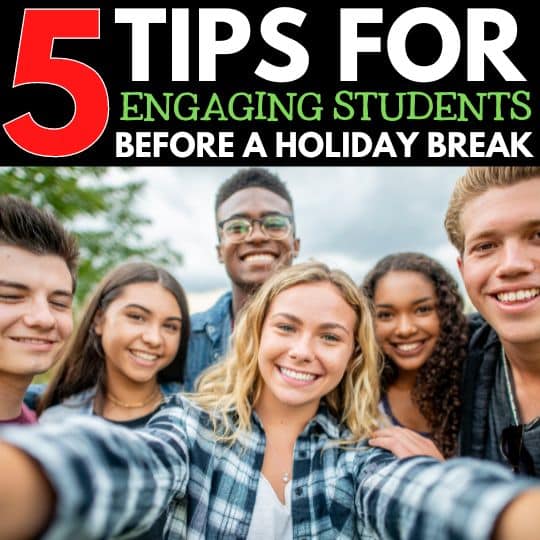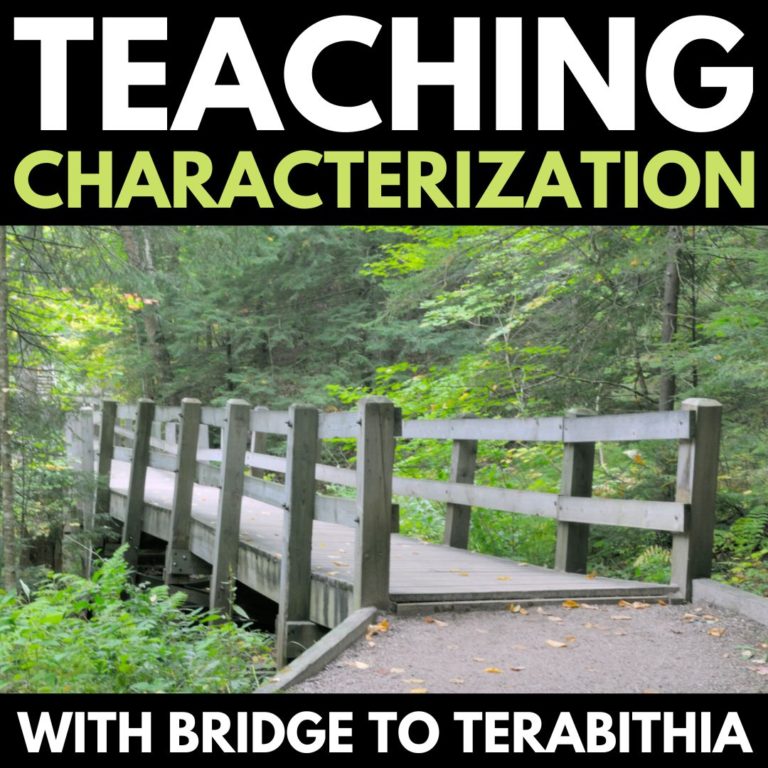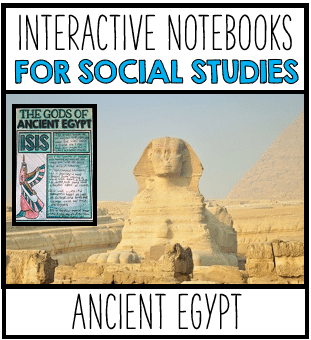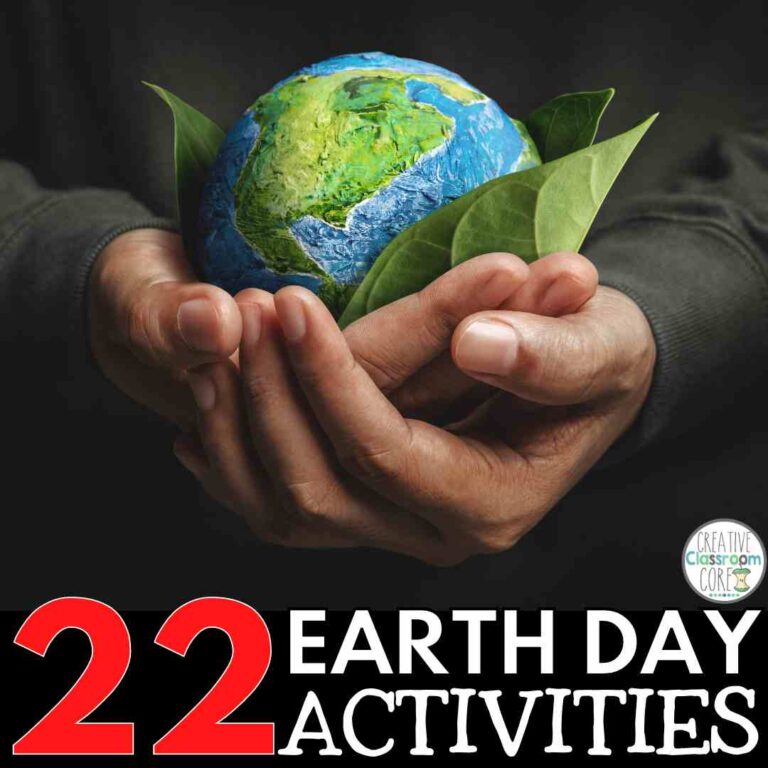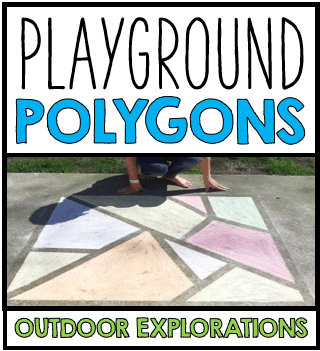Loose Parts: Essential Tools for Story Studio
By MARISSA DESPINS Updated April 09, 2024
Continuing with the themes from my recent posts, I’ve decided to dedicate extra time today to delve further into the topic of Story Studio. In my previous entries, I covered the definition and structure of Story Studio, along with outlining the steps taken to create our dynamic learning area. Today, let’s focus on the fundamental materials required for hands-on exploration within Story Studio – enter the world of loose parts!
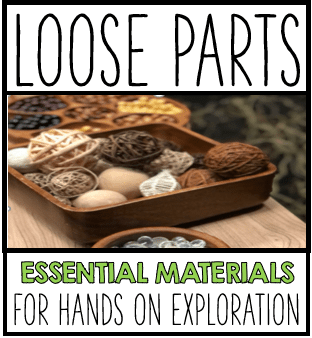
(This post contain affiliate links which means I make a small commission if you make a purchase, at no additional cost to you. Thank you for your support!)
What are loose parts?
Basically, loose parts are small items that students use to explore and build with. They are open ended materials. Small hands can manipulate and move around in endless ways. Often, they are used to expand upon play. These include things like stones, wooden cubes, peg people, animal figures, beads, bits of string, buttons, etc. The parts are usually, but not always, made of natural materials (wood instead of plastic, for example).

Why is loose parts play beneficial?
According to loose part guru Simon Nicholson, the theory of loose parts revolves around the following:
“In any environment, both the degree of inventiveness and creativity, and the possibility of discovery, are directly proportional to the number and kind of variables in it”.
According to Nicholson, creativity is essentially “the playing around with the components and variables of the world in order to make experiments and discover new things and form new concepts”. Nicholson believes that children have the opportunity to develop their innate curiosity and creativity through exposure to a wide variety of materials. A childhood learning environment filled with open ended materials is strongly linked to adults skilled in critical thinking and creativity.

The introduction of loose parts into the learning environment provides young learners with a multitude of opportunities to think and create. As the materials are open ended, play is only limited by a child’s imagination. Because of this, children rarely tire of the materials. They are constantly constructing new ways to play.
The book “Loose Parts: Inspiring Play in Young Children” by Lisa Daly and Miriam Beloglovsky gives a fantastic overview of what loose parts are. Also, it discusses ways you can incorporate them into your classroom learning. If you are looking for some loose parts based professional development, this book is for you.
Where can I get loose parts from?
Loose parts are widely available and often inexpensive. Some great places to look for loose parts that you might already have kicking around include:
Outside – rocks, leaves, pinecones, seeds, shells, sea glass, acorns, fresh and dried flowers…
Leftover Building Supplies – washers, nuts, bolts, wood scraps, magnets, paint chip cards…
Leftover Craft Supplies – popsicle sticks, wooden cubes, pipe cleaners, bits of yarn, fabric remnants, felt, mosaic tiles, glass gems, ribbon…
Old Costume Jewelry – colorful beads, bangle bracelets, buttons…

Amazon – Amazon has a wide variety of interesting loose parts available to order!
You can also have great success by simply sending out an email to parents with a list of loose parts you are looking for. You never know what you might be able to gather!

I hope this post inspires you to start gathering your own loose parts collection. Do have any additional ideas for items that would work great for loose part explorations? Let me know in the comment section below!

Looking for more information on Story Studio?
Check out my previous Story Studio posts below!
Constructing the Story Studio learning space
Interested in signing up for my email list?
If you are interested in signing up for my email list, you can do so by clicking on the link below. I periodically send out emails with free resources, teaching tips, and exclusive deals. Signing up will also give you immediate access to some of my best selling Interactive Notebook resources – foldables, graphic organizers, and other fun activities.


